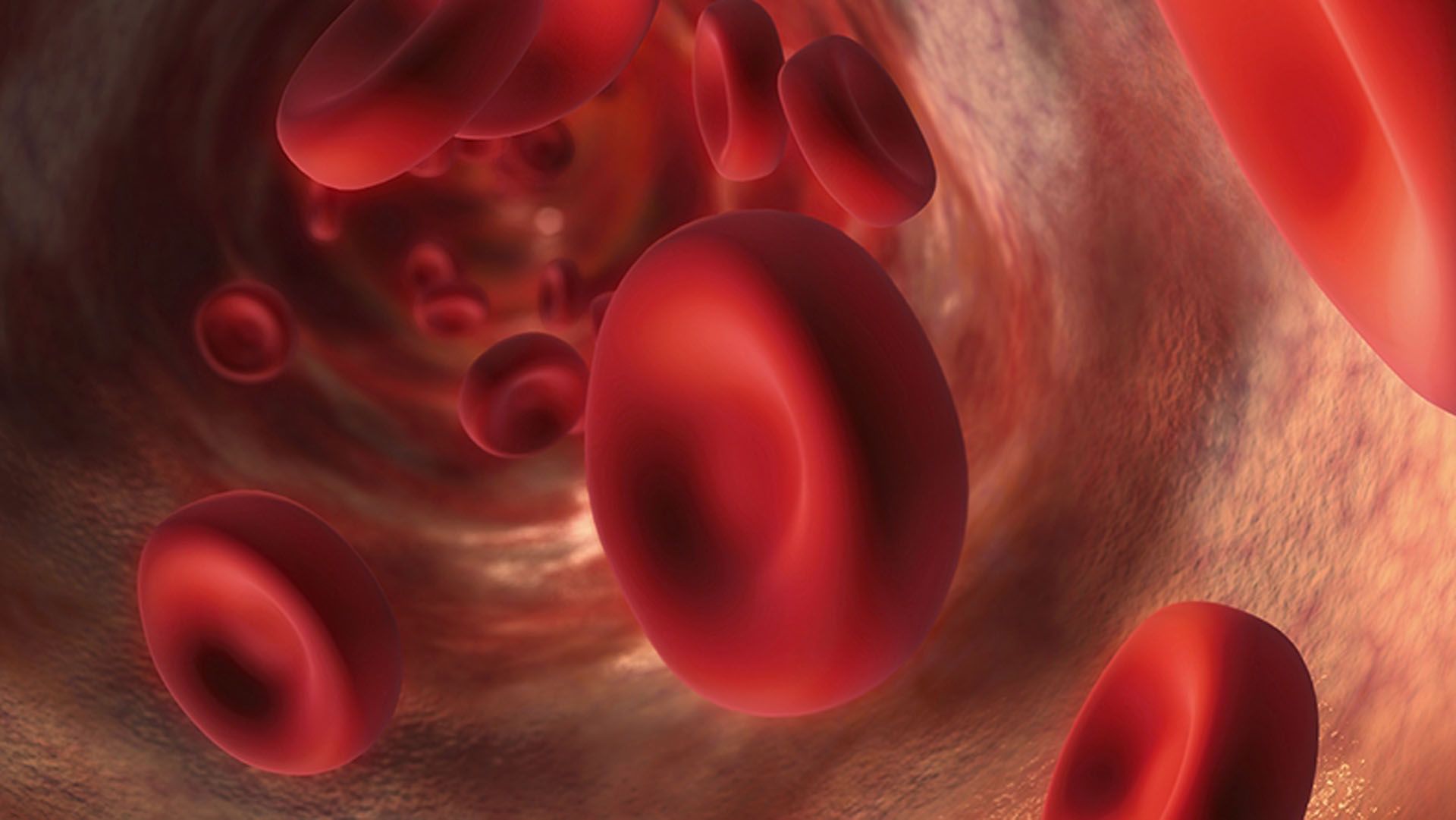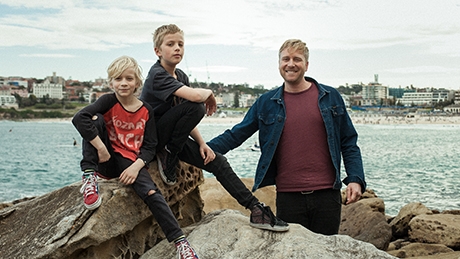-
Back in 1665, a Cornish doc by the name of Richard Lower performed the world’s first officially recorded blood transfusion. Taking two stray dogs – one medium-sized, the other a big, strong mastiff – Lower opened the jugular vein of the smaller pooch and drained it to the point of death. Then he tapped the cervical artery on the bigger dog and ran a hose to the smaller hound until it had been ‘refilled’. He then promptly sewed them up and sent them on their way, informing his medical peers that both poor mutts made a full recovery.
Of course, this wasn’t the first attempt to cure illness by draining blood. For millennia, the practice of bloodletting was a common cure-all among many ancient cultures, physicians believing it ‘rid the body of evil spirits or bad humour’. Not surprisingly, it wasn’t that successful a treatment for those suffering anemia or extreme blood loss as all it did was weaken them further or speed up their death.
Two years after Lower’s success with the dogs, Dr Jean-Baptiste Denys, personal physician to King Louis XIV, thought he’d have a crack at human experimentation. Draining a sheep, he poured its blood first into the veins of a 15-year-old boy, and then into an older bloke. When both survived, Denys finally deemed it safe to try on someone of noble birth – this time a Swedish baron. Sadly, after his second transfusion of sheep blood, the unlucky nobleman carked it. Not to be deterred, Denys tried again, this time with calf’s blood, although with not much more success – his second victim expired after three transfusions.
Meanwhile, Lower was upping the ante with his own animal-to-man transfusions. His human guinea pig was a rather jovial but also mentally ill fellow named Arthur Coga, whom Lower had borrowed from a local asylum. Plugged into a sheep, Coga cheerfully accepted several quarts of ovine blood up his arm before beginning to baa loudly. To much hue and cry, both the government and the church banned the practice, and blood transfusion fell out of favour for well over a century.
However, in 1818, a Pommy obstetrician called Dr James Blundell saved the life of a woman haemorrhaging in childbirth by injecting blood taken from her husband. Blundell went on to utilise it to treat haemophiliac patients. Even so, the practice was widely regarded as risky as it often caused adverse reaction or death to the recipient. And of course, we now know why… blood types.
In 1901, an Austrian biologist with an impressively hefty handlebar moustache called Karl Landsteiner not only discovered the main blood groups of A, B, AB and O, but also that when two incompatible bloods were mixed, there was often an immunological response – one potentially fatal to the recipient.
After much experimentation (but no more sheep), medicine established the basic rule of blood compatibility: If you’re AB, you can take blood from another AB or someone from A, B or O, as your red blood cells don’t possess antigens against either. However, you can only donate to other AB types. If you’re an A, you can only receive blood from another A or an O, but can still donate to AB. Same goes if you’re a B. But if you’re an O, then you can only receive blood from other Os.
The next important classification of blood is the Rh system, which refers to whether or not you possess one of some 50 types of antigens. Simply put, if you’re an A and you have the Rh antigens, then you’re A+. Whereas, if your red blood cells don’t present any antigens, then you’re an A-.
Aside from the ABO and Rh classifications, there are another 31 blood systems and sub-categories all with different antigens and myriad combinations. Universally speaking, the most common blood type is O+ (some 49% of Aussies are type 0+) and the rarest AB- (1%). That said, given that AB recipients can accept all blood types, it’s not really a problem.
Almost everything you didn’t know about blood types

-
How is ‘phubbing’ hurting your relationships?
Here’s how to stop phubbing and be more mindful of your phone habits, to help improve face to face interactions with your family and friends.
-
Are the winter blues real?
Simple ways to boost your mood in winter.
-
Mental fitness explained
Just as you work to strengthen your body, your mental health deserves attention and exercise too.
-
Signs it's time to visit the dentist
Nobody wants to go. But there are good reasons to – promise.
-
The link between stress, anxiety and jaw pain
Physiotherapist Michael Chan explains how stress and anxiety can cause jaw pain, and how to help get some relief.
-
When you can't sleep next to your partner
You love everything about them – except their sleep habits.
Subscribe to receive the best from Live Better every week. Healthy recipes, exercise tips and activities, offers and promotions – everything to help you eat, move and feel better.
By clicking sign up I understand and agree to Medibank's privacy policy





.jpg)
